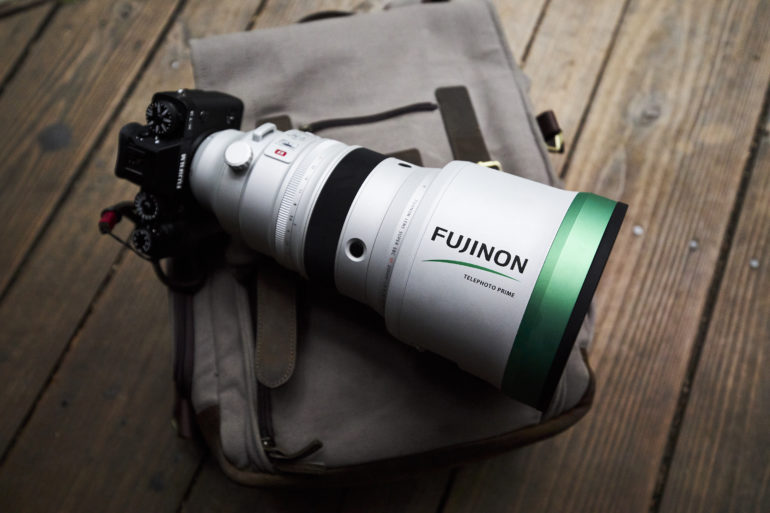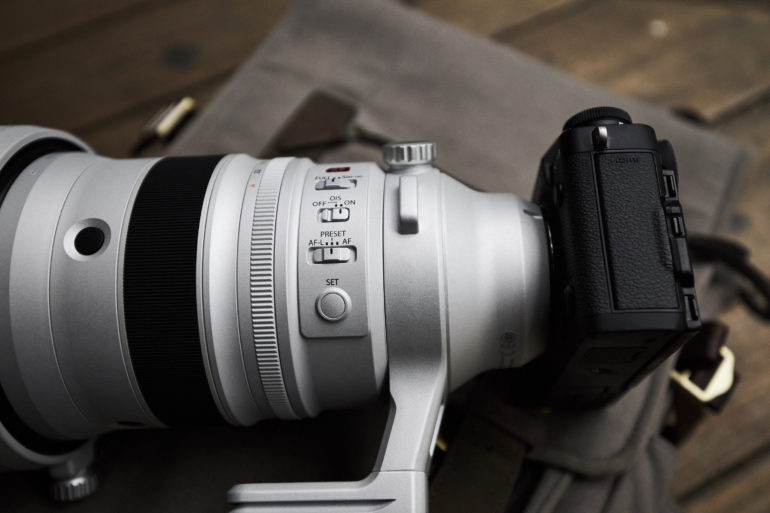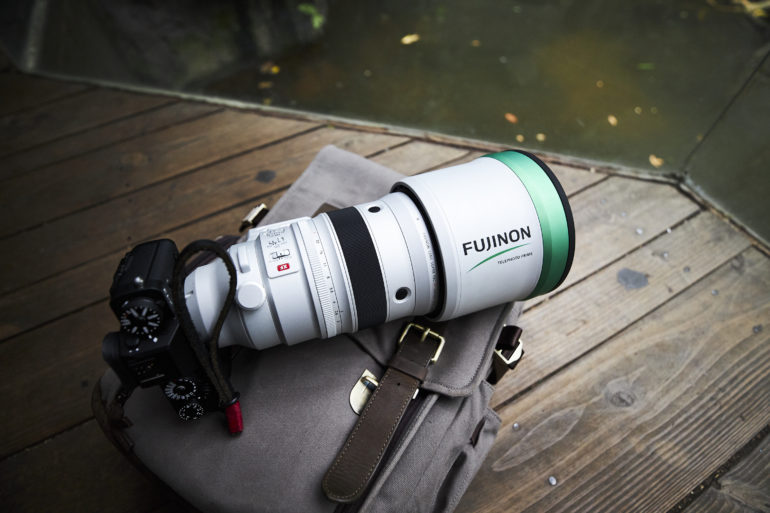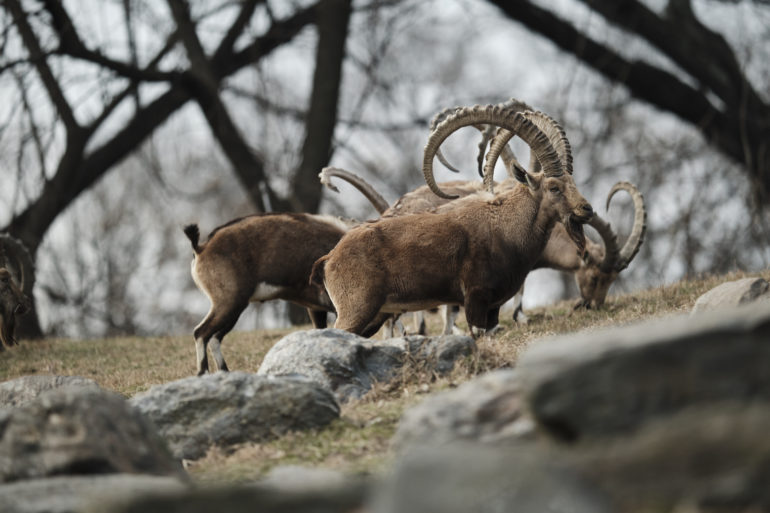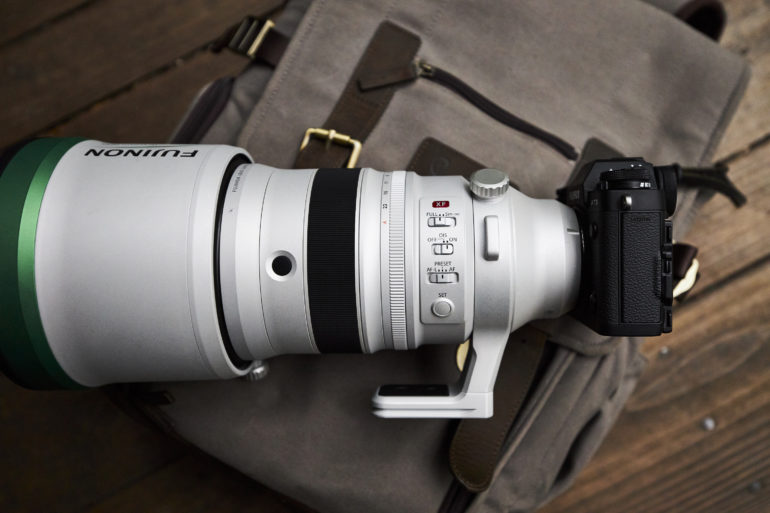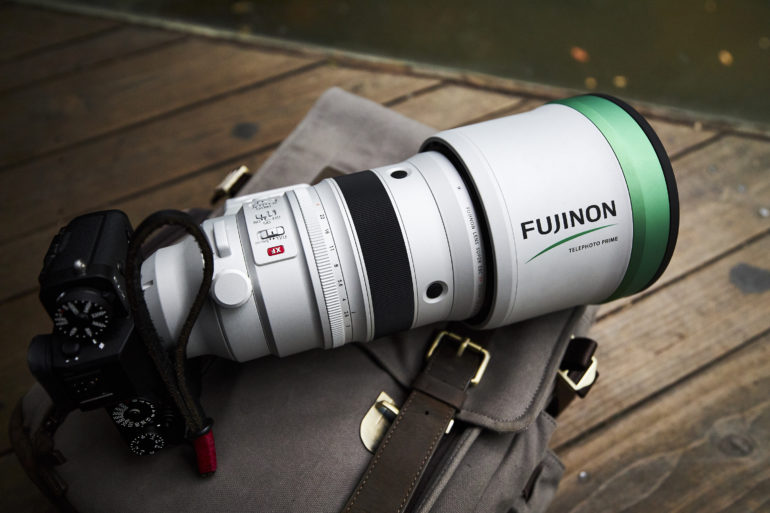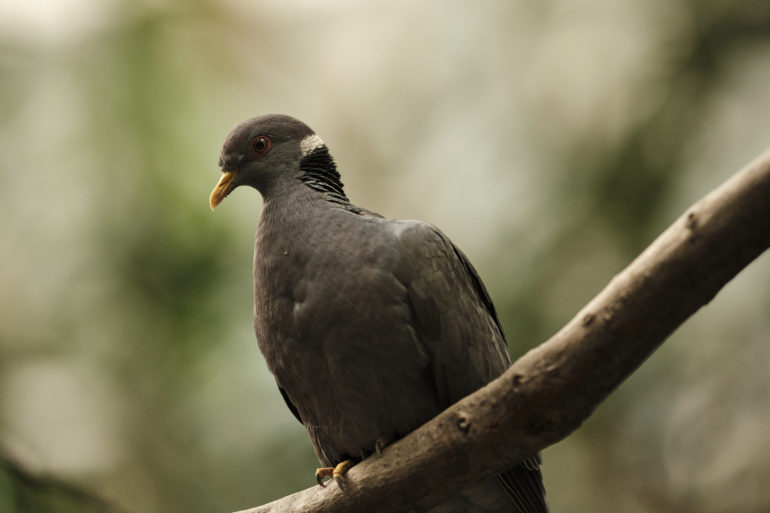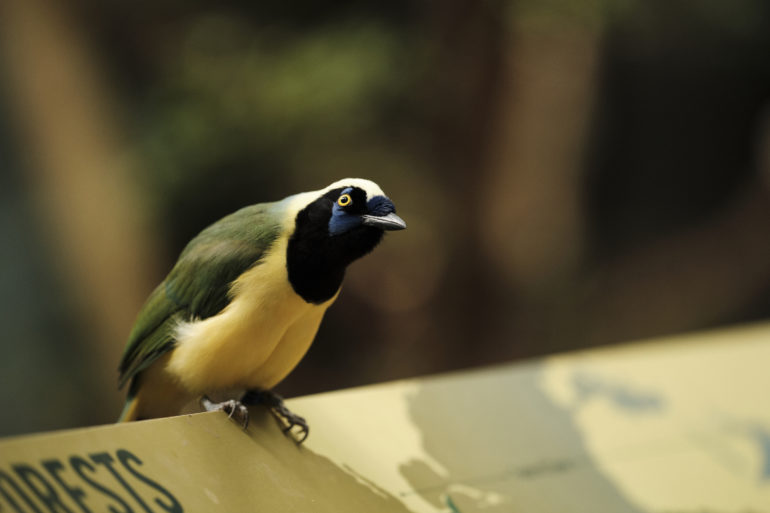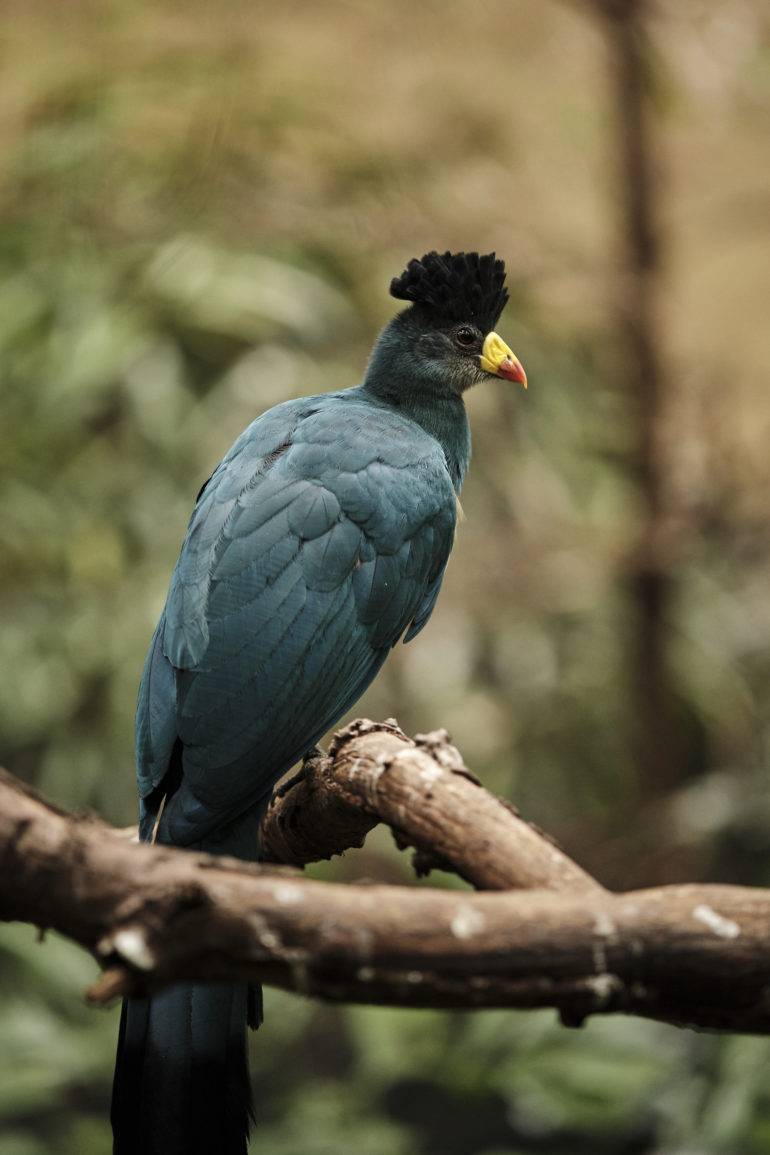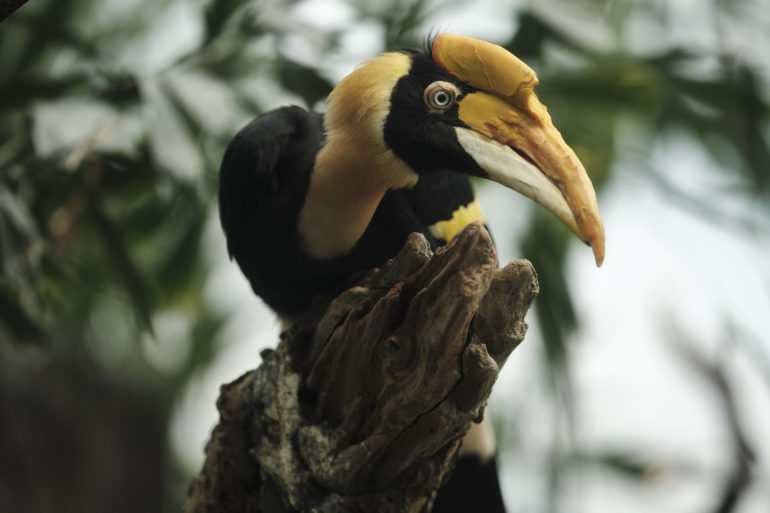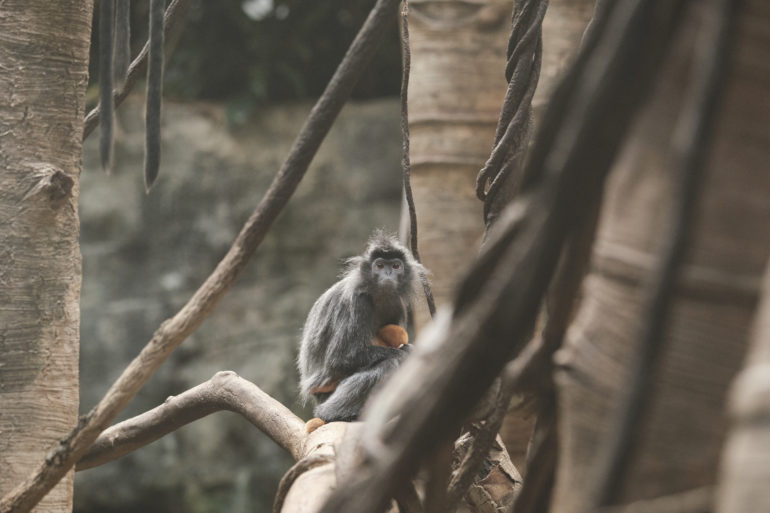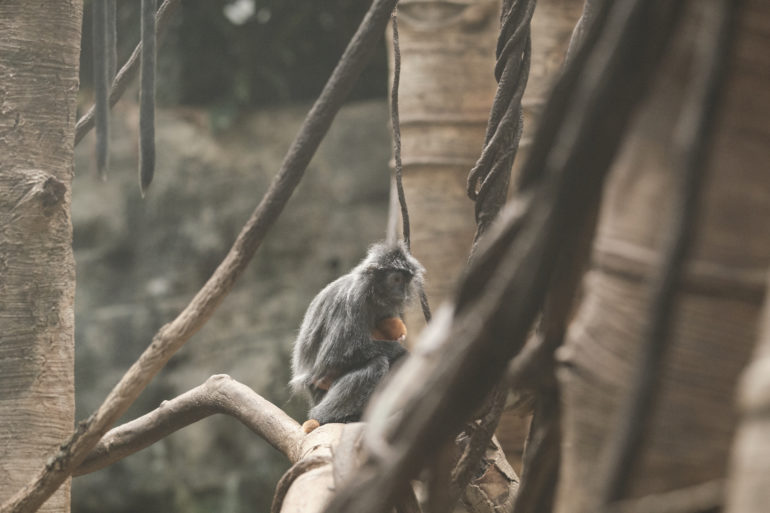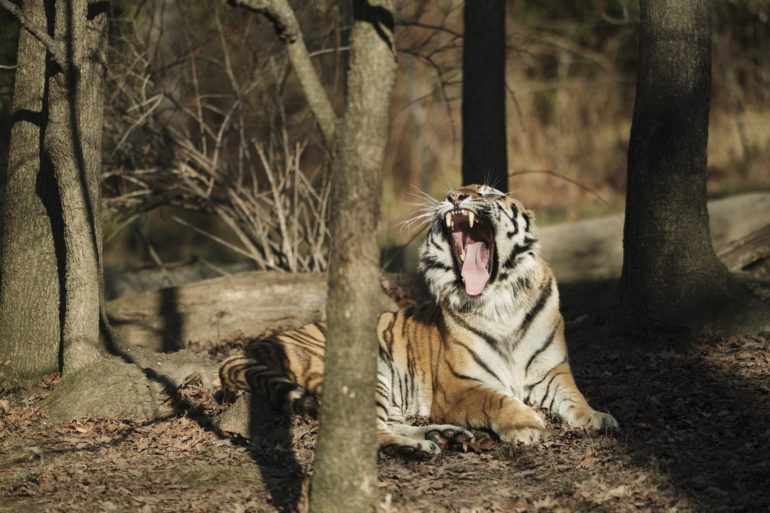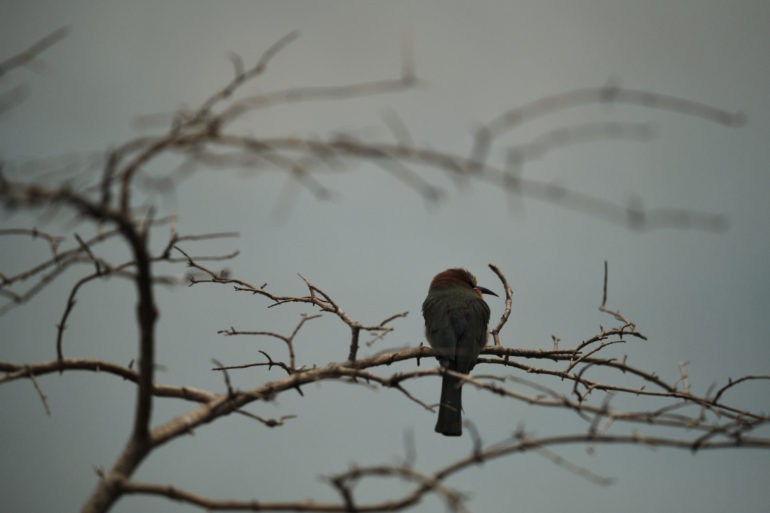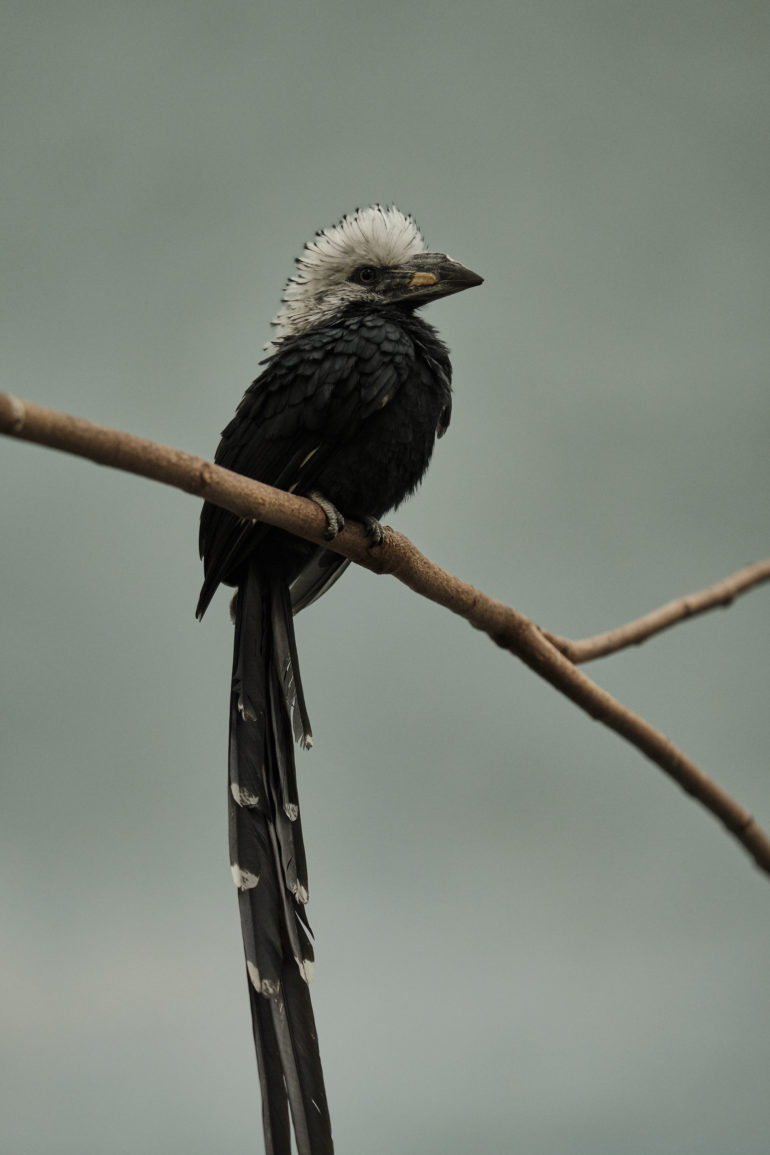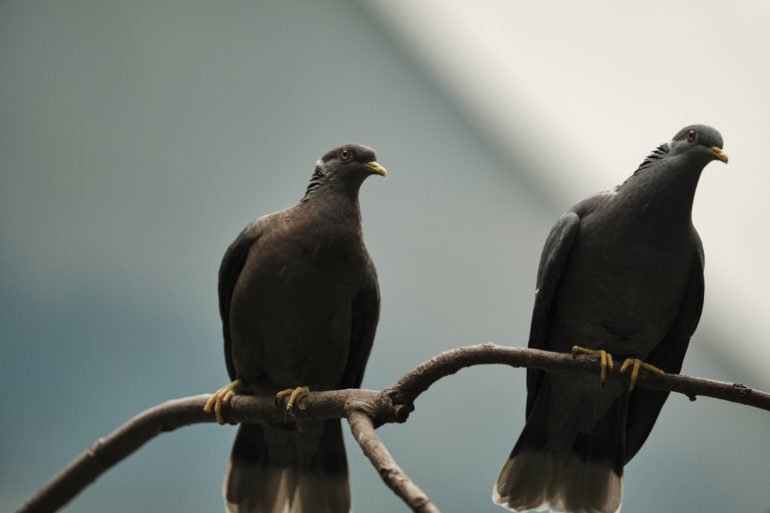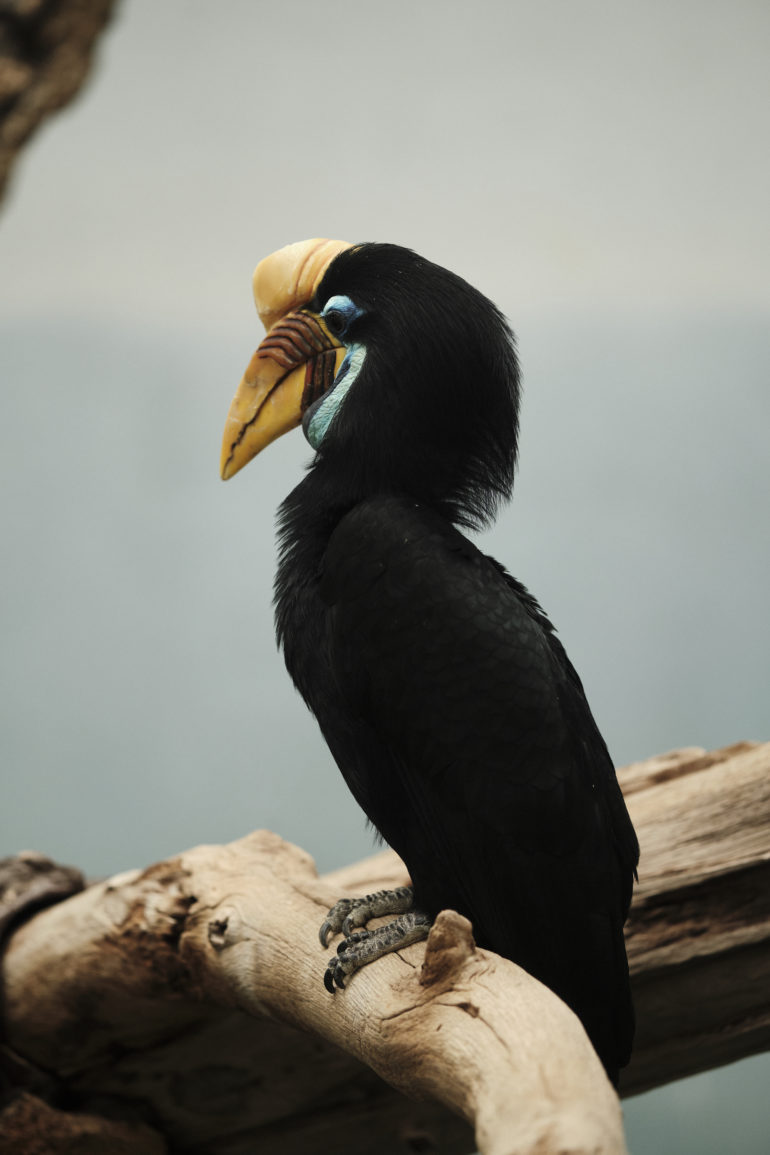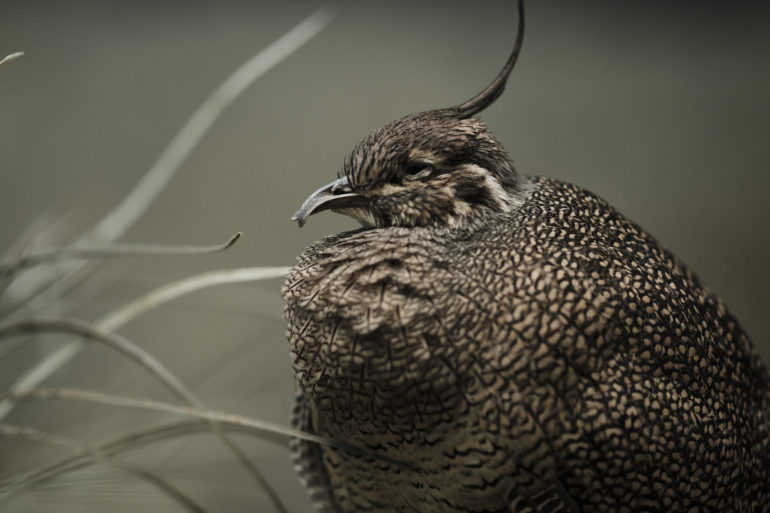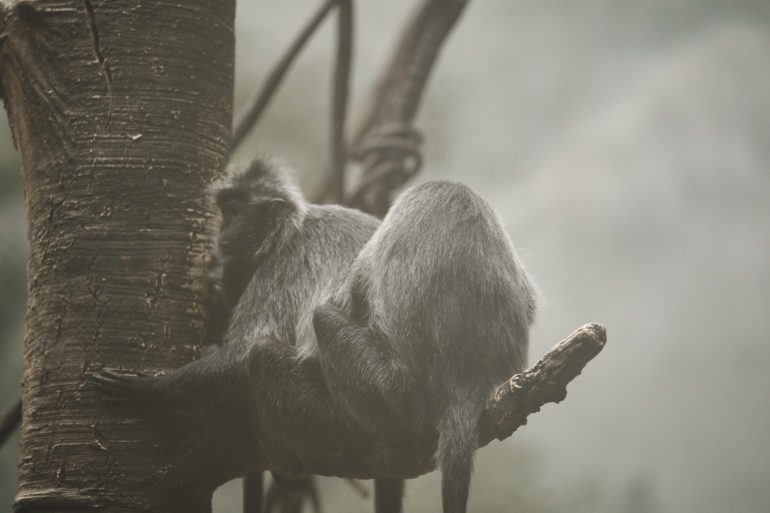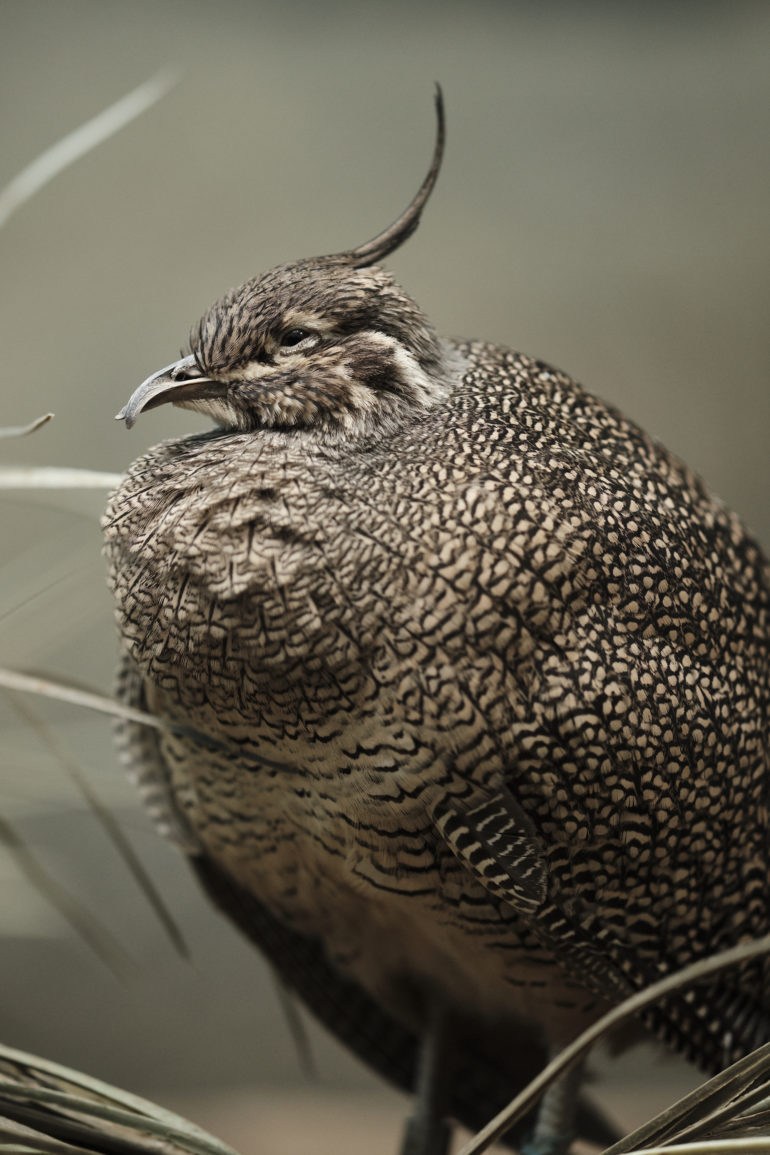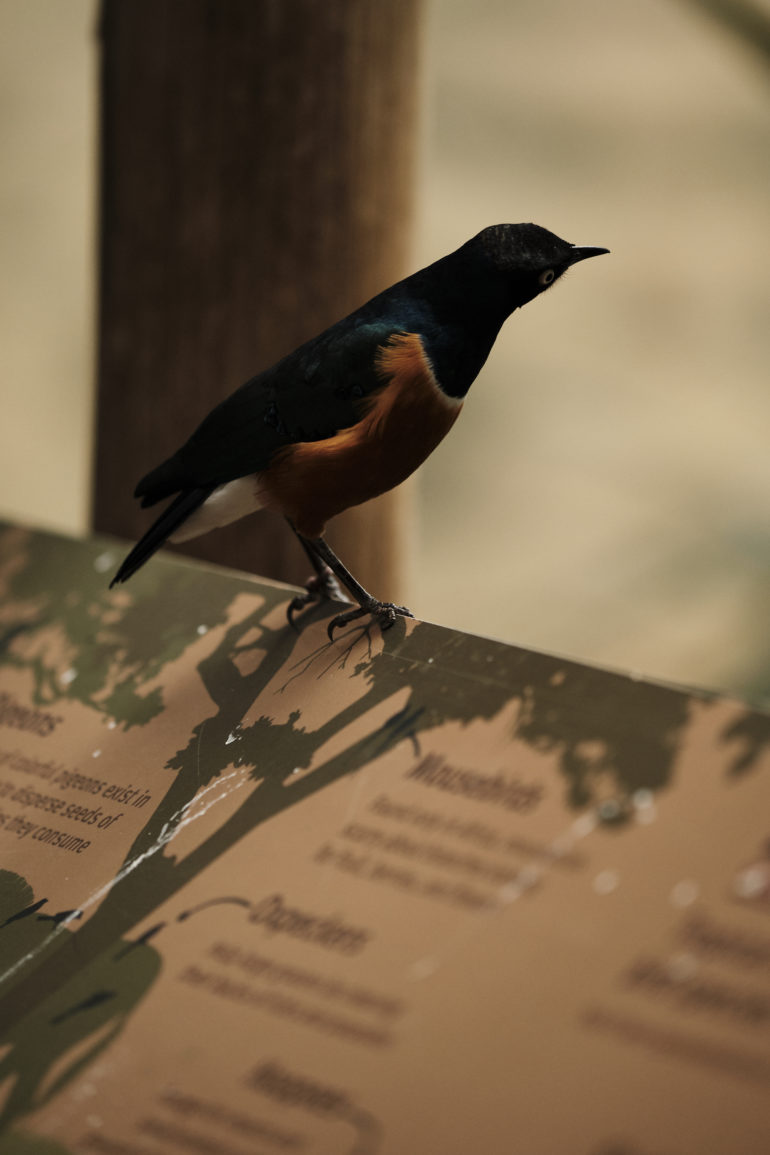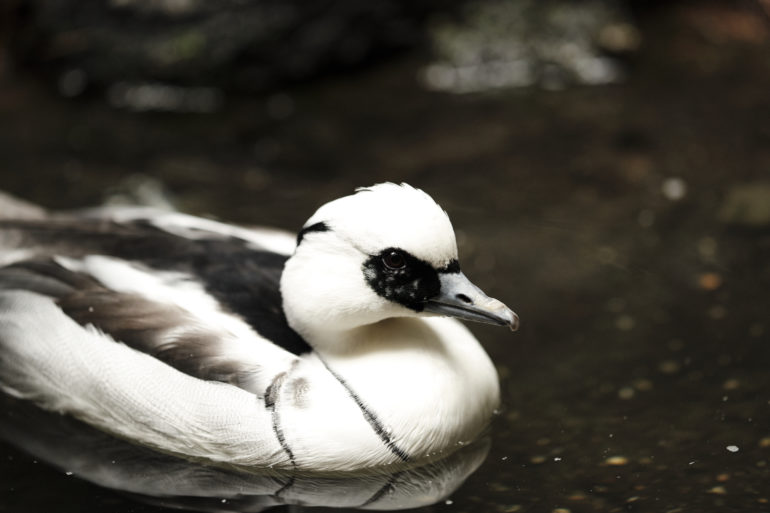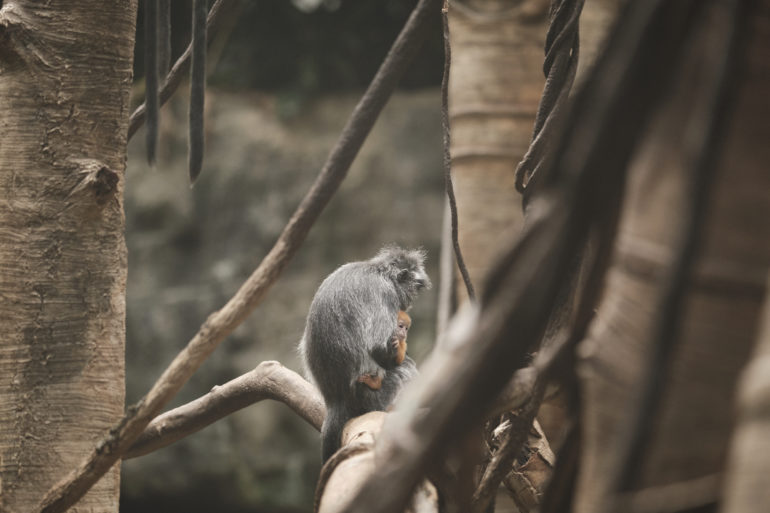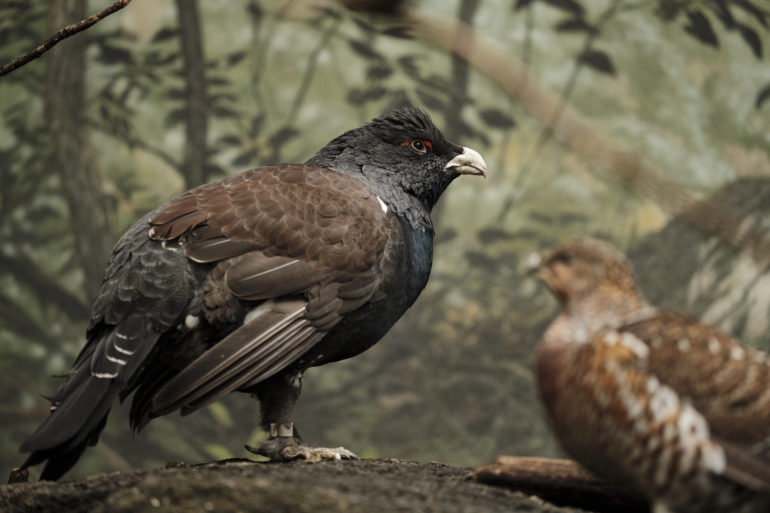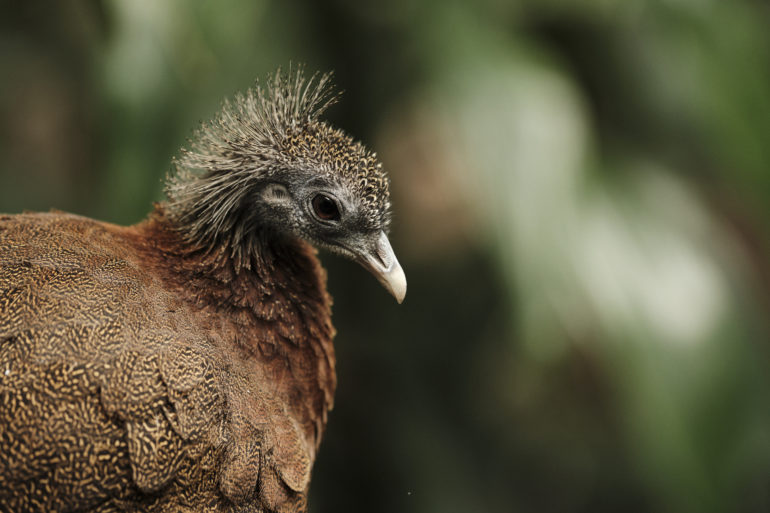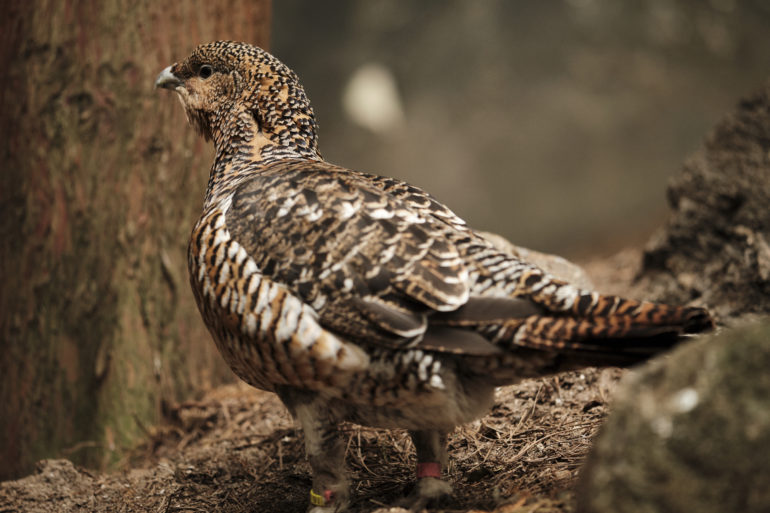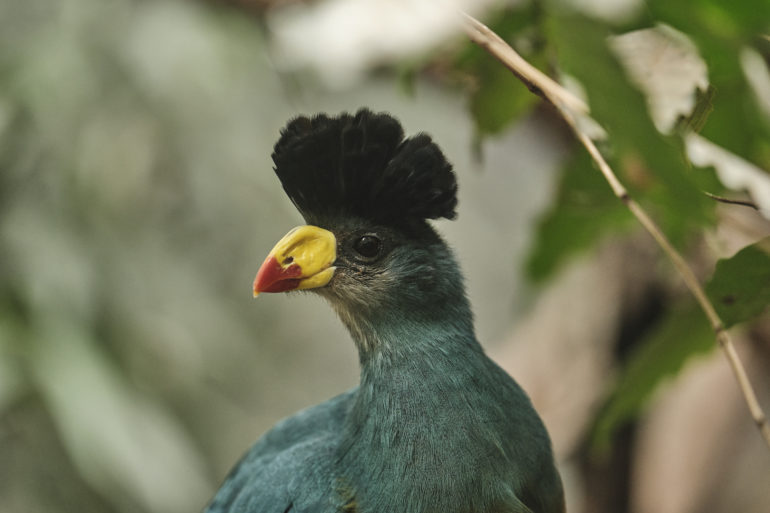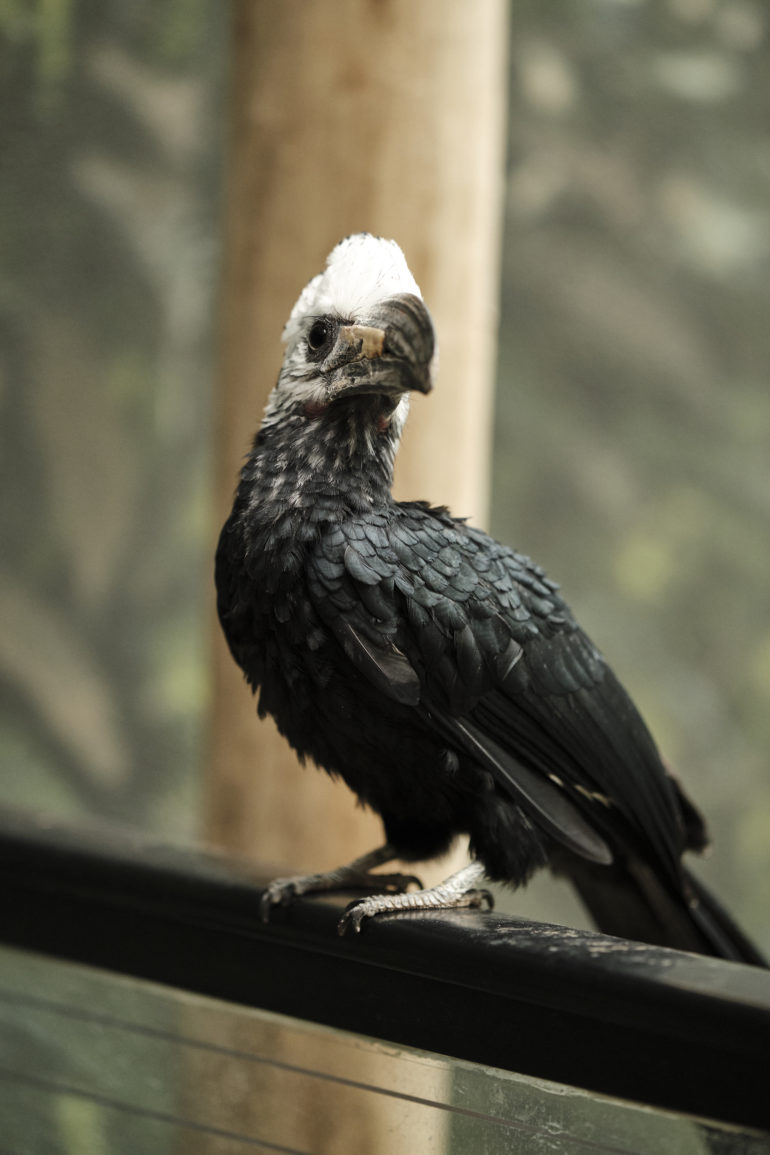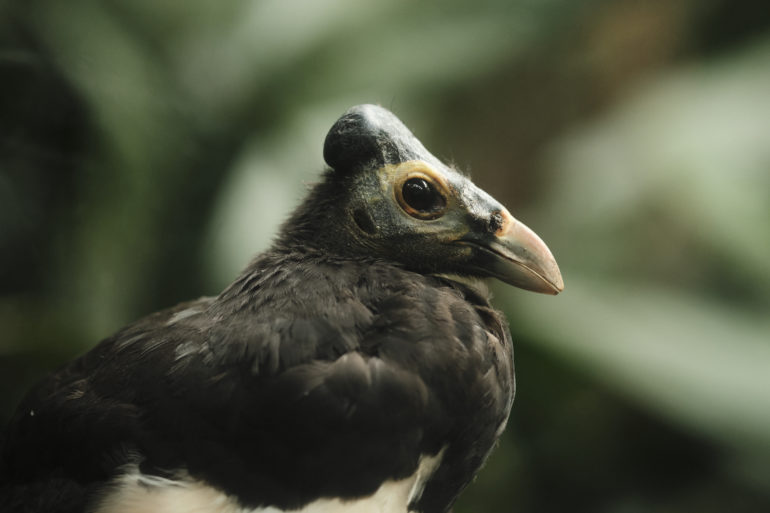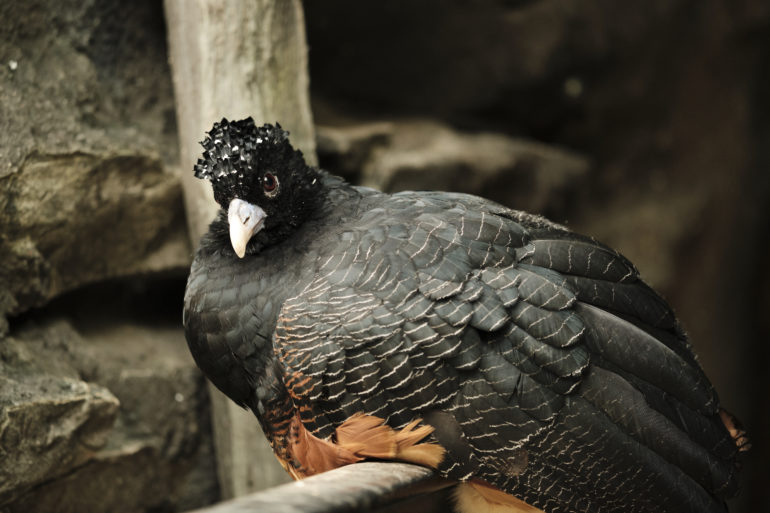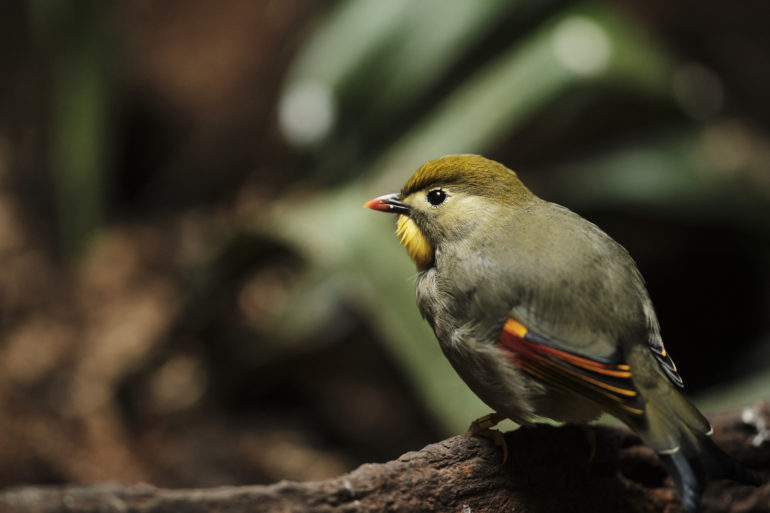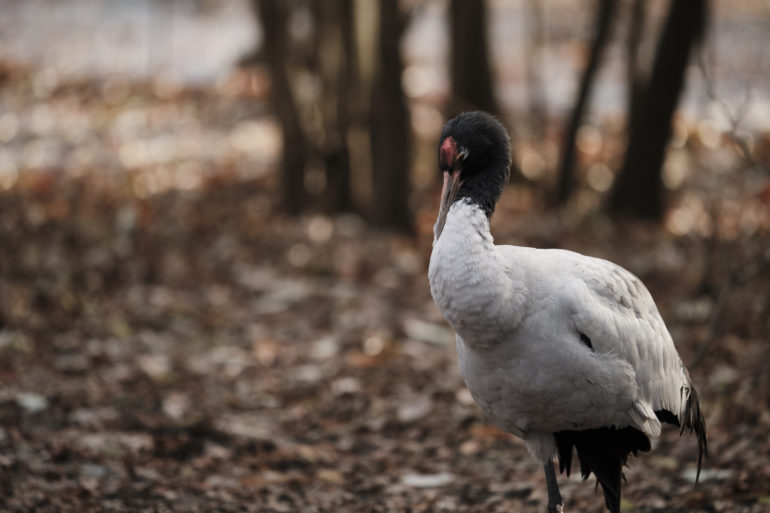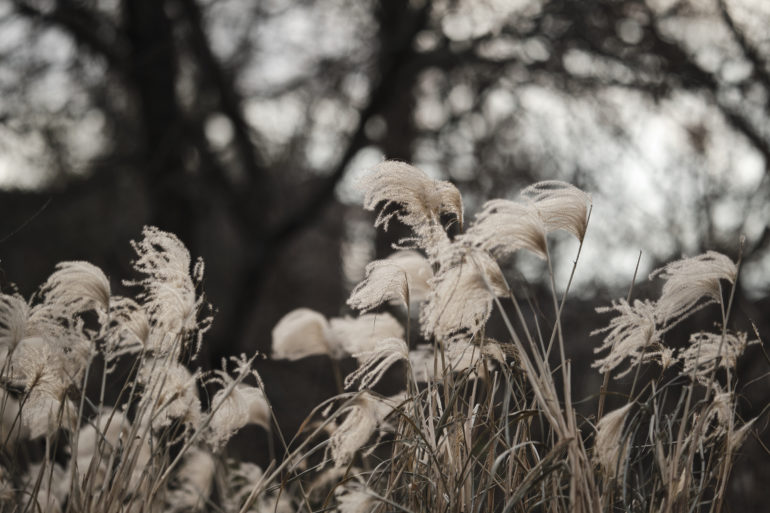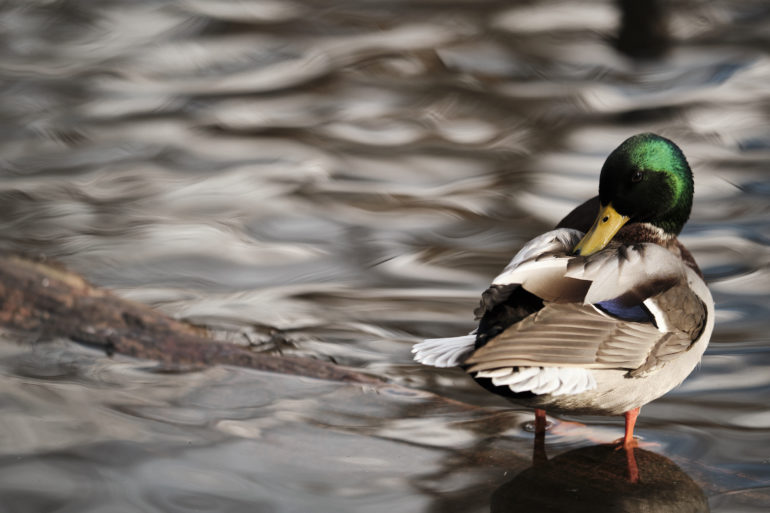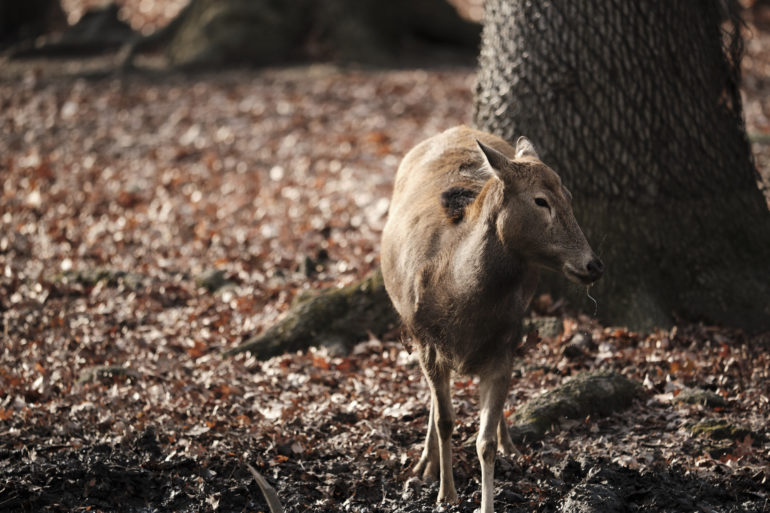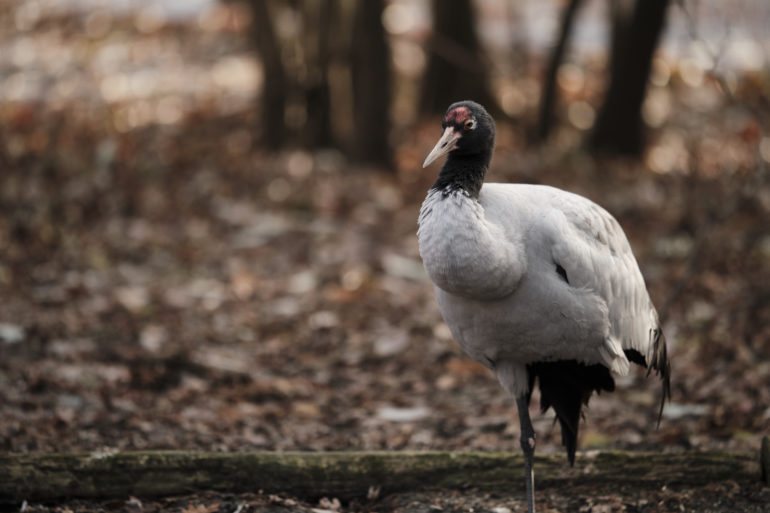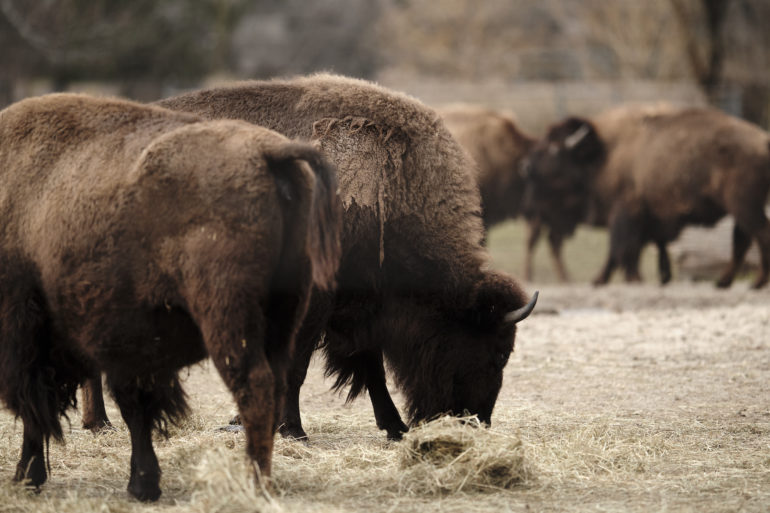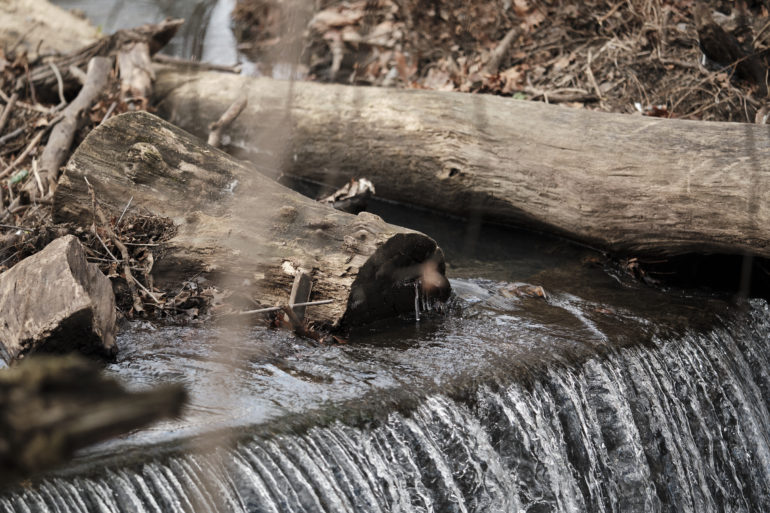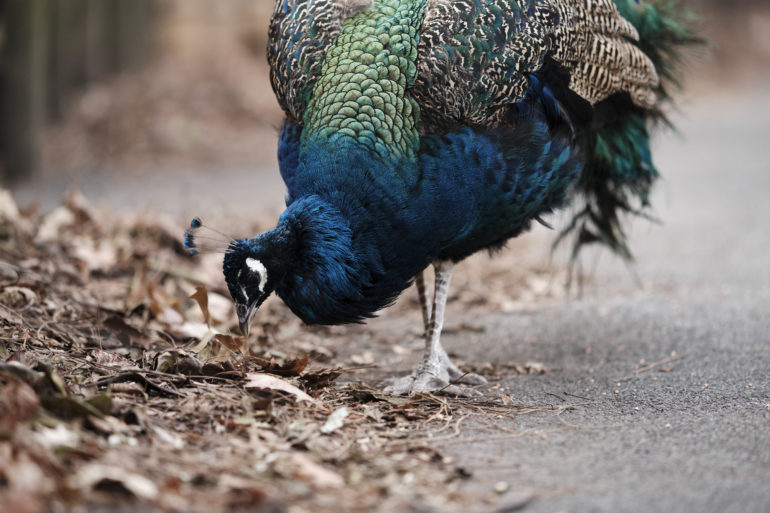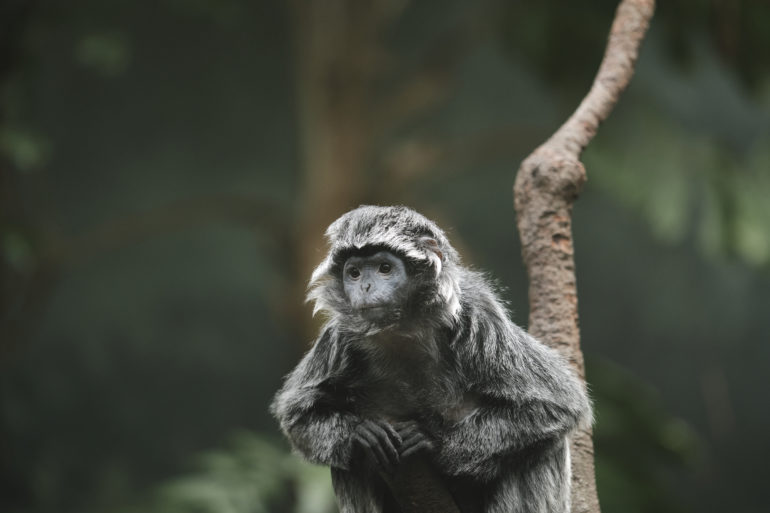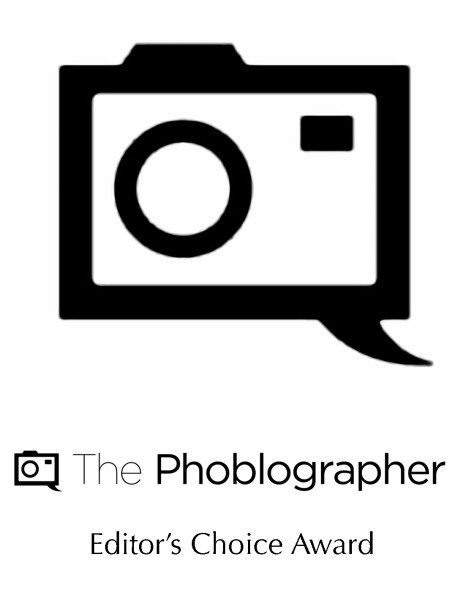Last Updated on 12/18/2018 by Mark Beckenbach
Wildlife photographers using the Fujifilm XF 200mm f2 OIS WR are bound to be very happy with the results.
The Fujifilm XF 200mm f2 OIS WR is currently the company’s longest telephoto prime lens and also, by far, their largest. Designed for wildlife photography (and sports to some degree), this lens is arguably best used in the hands of a wildlife photographer. Though we were sent the lens with the company’s teleconverter, we felt it better to test it without that so we could keep the test as pure as possible. With some amazingly close focusing distances, weather sealing, optical image stabilization, and the ability to use a film simulation of some of the world’s greatest emulsions, you’re going to get a product that is going to deliver jaw dropping photos.
But of course, you’re paying quite the price.
Pros and Cons
Pros
- Great image quality
- Crisp
- Weather Sealing
- Fast autofocus
- Image Stabilization means you can hand hold this lens with the X-T3
- Fairly compact
- Focus switches
- Amazingly lightweight and not at all difficult to carry around
Cons
Gear Used
We tested the Fujifilm XF 200mm f2 OIS WR with the Fujifilm X-T3.
Tech Specs
Specs for the Fujifilm XF 200mm f2 OIS WR taken from the Fujifilm website
| Type | XF200mmF2 R LM OIS WR |
|---|---|
| Lens configuration | 19 elements 14 groups (includes 2 ED elements, 1 Super ED element) |
| Focal length | f=200mm (305mm) |
| Angle of view | 8.1° |
| Max. aperture | F2 |
| Min. aperture | F22 |
| Aperture control |
|
| Focus range | 1.8m – ∞ |
| Max. magnification | 0.12x |
| External dimensions : Diameter x Length* (approx.) * distance from camera lens mount flange |
ø122mm x 205.5mm |
| Weight* (approx.) *including tripod collar foot, excluding caps and hood |
2,265g |
| Filter size | ø105mm |
| Accessories included | Lens cap FLCP-105 Lens rear cap RLCP-001 Lens hood Shoulder strap Lens case |
Ergonomics
The Fujifilm XF 200mm f2 OIS WR is characterized by a giant white body. Then there is the massive lens hood that screws into place with its own fixer screw. In addition, there are little black buttons that are customizable around the edges of the lens’ diameter.
But perhaps what you want to know about the most is this area: the switches and controls. These control the optical stabilization, the focus distance, and more. In addition to that, the Fujifilm XF 200mm f2 OIS WR has an aperture ring around it in true Fujifilm fashion.
Behind all this is the tripod collar.
Despite its massive, mammoth size the Fujifilm XF 200mm f2 OIS WR is actually well balanced with the X-T3.
Autofocus
To give it a more thorough test, I took the Fujifilm XF 200mm f2 OIS WR to the Bronx Zoo and photographed some of the animals living there. With the Fujifilm X-T3, it almost never missed focus. The occasions where it did miss had to do with very low lighting. For the most part, single AF points and a high continuous burst rate were used since the animals weren’t really moving around all that much.
The Fujifilm XF 200mm f2 OIS WR is probably very capable of tracking moving subjects but with the X-T3 we didn’t really see it do that all that much. We found issues with the X-T3 during our first impressions that we didn’t test in our full review.
Build Quality
The Fujifilm XF 200mm f2 OIS WR is built incredibly solid. During our test at the Bronx Zoo, the Fujifilm XF 200mm f2 OIS WR had some mist on it–which is sort of visible in these product images. It kept functioning. Of course, the X-T3 being weather sealed also helps. There isn’t a single thing that feels cheap about the Fujifilm XF 200mm f2 OIS WR; it could probably be Fujifilm’s best built lens.
Ease of Use
In our tests, we found the Fujifilm XF 200mm f2 OIS WR to be a bit more advanced than many other competing products on the market. For starters, you’ll need to remember that Fujifilm uses the aperture ring around the lens. Then there are a bunch of buttons around the lens that can be programmed to do other functions. However, they can sometimes be easily hit and then your camera is doing something you didn’t necessarily want it to do.
With all that said though, what you’ll be very happy about is how easily handheld the Fujifilm XF 200mm f2 OIS WR is.
Image Quality
With such a massive price tag, the Fujifilm XF 200mm f2 OIS WR is incredibly capable of delivering the fantastic image quality that we’ve known Fujifilm capable of producing for years now. Combine this with your camera’s Classic Chrome setting or something like that and you’ll be producing images that look almost like they belong in a vintage issue of Nat Geo or something. Again, we’re stating that this lens is really for wildlife photographers. Though we were sent the teleconverter with it, we didn’t test with it simply because we didn’t feel it was a pure test of the lens itself.
Bokeh
The best bokeh from the Fujifilm XF 200mm f2 OIS WR comes at f2 and when it is focused on a subject that is a few feet away. This photo was shot of a bird that was around five feet from me. It did a fantastic job of isolating the bird from the rest of the scene. Combine that with good lighting and you’ve got a pretty nice image.
Chromatic Aberration
I couldn’t find any issues with chromatic aberration; if there were I’d be in an uproar for what you’re paying for this lens.
Color Rendition
The colors of this entire set of images are more or less what I got in camera. Via Capture One Pro 12, I set the images to Classic Chrome and locked my white balance to 5600K sunlight. This gave me the closest thing that I would get to film. With the Fujifilm XF 200mm f2 OIS WR, it was about embracing the look I had known and seen my entire life. You can obviously embrace your own look, but the nostalgia of being at the zoo when I was a kid hit me.
In my eyes, the colors are fantastic.
Sharpness
The Phoblographer doesn’t condone pixel peeping, but here is an example of a scene that you can check out for yourself. This orange baby is a newborn and I was tipped off to it by the staff when they saw my lens. When you zoom all the way in, you can see the baby’s face and eyes with ease. You can also see the mom’s.
That’s some real sharpness even while firing the image through haze.
Extra Image Samples
Conclusions
Likes
- Lightweight
- Can fit into the top section of a backpack
- Fast focusing
- Beautiful image quality
- Gorgeous bokeh
- Weather sealing
Dislikes
- Pricey at $5,999.00
The Fujifilm XF 200mm f2 OIS WR deserves our Editor’s Choice award not only for a fantastic image quality that it can offer, but also for the weather sealing and reliability. Everything worked just as it should, and in my more recent tests vs some competing products I’m shocked at how great the entire system is compared to companies that arguably have been doing this for longer than Fujifilm has. The X series is still very young and Fujifilm’s foray into professional APS-C cameras is even younger. For what they created, I’m floored.
Of course, all this comes at a steep price tag. So who would buy this lens? Honestly, if I were into wildlife photography for money, I wouldn’t hesitate for a second. Fujifilm’s weather sealing, battery performance, light weight, and reliability are the right combination that Sony doesn’t really have. Canon and Nikon? Go ahead: your back is going to hurt a whole lot afterward. Olympus? They don’t have quite the high ISO image quality that we’d demand. But APS-C is just right when it comes to depth of field and size.
For that, the Fujifilm XF 200mm f2 OIS WR deserves our highest praise of 5 out of 5 stars and our Editor’s Choice award.



